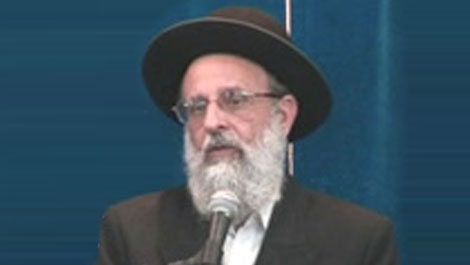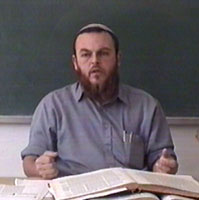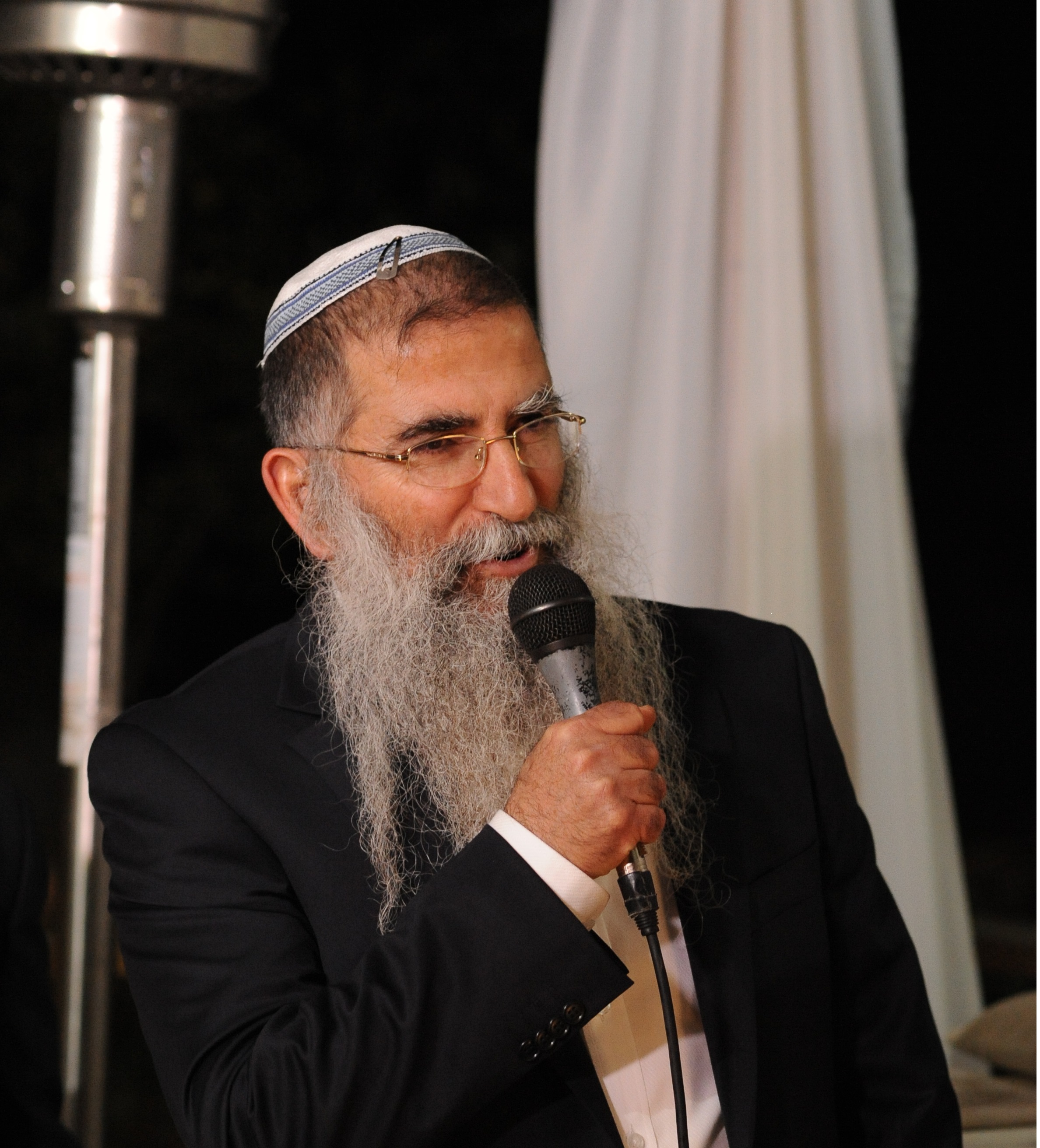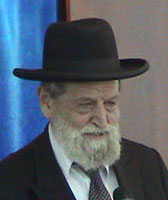Beit Midrash
- Shabbat and Holidays
- Jewish Holidays
- Sukkot
Yet, since they are to be observed globally, not everyone can enjoy the climate and seasons of the year as we do here in Israel. I remember bitter cold and snow on the on top of the succah in Chicago and later in Monsey. I also remember the stifling heat and dripping humidity that accompanied sitting in our succah in Miami Beach. Even though the halacha provides for and excuses those who are not able to sit in the succah because of extreme physical discomfort, Jews throughout the ages and in very difficult physical circumstances have always tenaciously clung to this observance, no matter what.
The commandment of succah is so dear to us that we are not easily dissuaded from its observance by the relatively minor discomforts of cold and heat. For just as the succot of old in the desert of Sinai negated all climate discomfort, so too did that memory invest Jewish succot wherever they were located with that same feeling of Divine protection and spiritual comfort.
The truth be said, the Jewish people have been dwelling, in a figurative sense, in succot for all of our national existence. Always a minority, always the iconoclast nation and culture, subject to discrimination and persecution, the Jewish people have continually found refuge and shelter in their protective spiritual succah.
That succah was built of Torah and tradition, family and community. There was and still is plenty of inclement weather and hostile climate surrounding our succah. And there are Jews who are so ignorant and alienated from their core Jewishness that they are completely unaware of the existence of that protective succah. Yet somehow, here in Israel and throughout the Diaspora, there are thousands upon thousands of real succot erected in honor of the holiday.
There is also the national awareness of the inexplicable existence of that overall feeling that we are all dwelling in the great succah of Davidic origin and Divine protection. We have always lived in a flimsy succah and been exposed to wild forces that threaten our very existence. Yet our succah, though it might sometimes cause physical discomfort and even danger, never has betrayed us as a whole. It totters but does not fall, it shakes but it does not collapse. It has become the symbol of Jewish continuity and resilience, of optimism and unbounded accomplishment.
The Talmud records for us a description of that great and tragic sage of Israel, Nachum ish Gamzu. After the failure of the Bar Kochba rebellion, the Roman emperor Hadrian instituted a reign of terror against the sages of Israel. Nachum was mutilated and his limbs cut off. He lived in horrible squalor in a house that was rickety and exposed to the elements. Winds shook the house continually and the disciples of Nachum feared for his life, lest the house collapse upon him in his helpless state of being.
They arranged that a different, more sturdy and respectable structure would serve as his new home. They arrived at his bedside prepared to transfer him to this new home. They told him that after moving him they would return to the house to remove his belongings and other items, which they then would move to the new dwelling. He cautioned them saying: "No, my children. First remove all of the belongings that you wish to remove from the house and leave me here. Later you will return and then remove me. For know you well, that as long as I am in this house, the house will never collapse."
As long as the spirit and teachings of Nachum ish Gamzu remain in our house and succah, the house and succah will never collapse. That is the basic lesson of all of Jewish history and should serve as the guidepost to understanding and assessing our present society. And that is really the core message of the holiday of Succot to us and to our generations.























